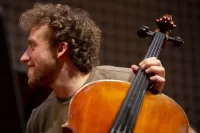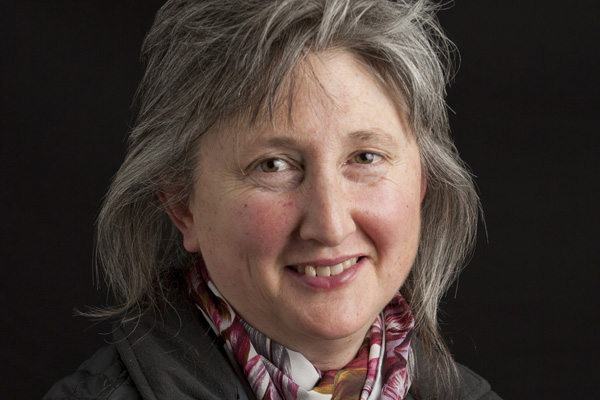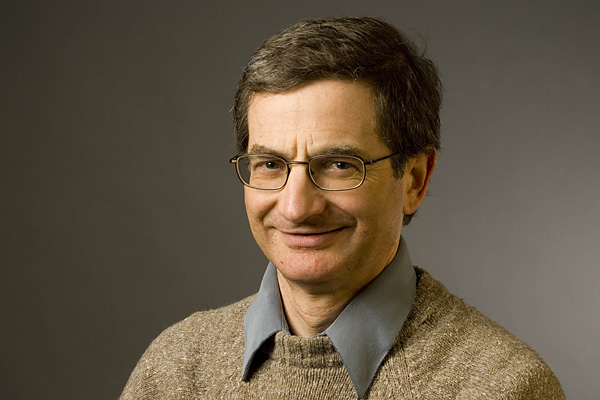
High time for performance of works by a different Dickens
On Feb. 7 considerable attention will undoubtedly be paid, in the English-speaking world and beyond, to the bicentennial of the birth of Charles Dickens, who needs no introduction.
But his older sister Fanny, whose birth bicentennial passed in October 2010, definitely does need an introduction, though she was well-known in certain circles in her own time — considerably before Charles became, well, Dickens.
Bates College Professor of English Lillian Nayder, with the help of Bates music faculty colleague James P. Parakilas, is about to give Fanny that introduction, or reintroduction, through the voice Fanny was known for in her day: the music, both vocal and instrumental, that she composed and performed for admiring (and often paying) audiences.
Nayder has a strong academic interest in the generally forgotten lives of the women in Dickens’ life, and his sometimes difficult relationships with those women. She is author of The Other Dickens: A Life of Catherine Hogarth (Cornell University Press, 2011), the first comprehensive portrait of the woman whom Charles Dickens married, with whom he had 10 children, and from whom he separated in 1858 (after 22 years of marriage), claiming she was an unfit wife and mother and pursuing a relationship with 18-year-old actress Ellen Ternan instead.
The book presents a very different picture of Catherine that has won wide media attention from outlets including The Wall Street Journal, The London Review of Books and the BBC. The book inspired a BBC2 television special entitled Mrs. Dickens’ Family Christmas, which aired in the UK at the end of December 2011.
Nayder has now turned her attention to Fanny, as she drafts an historical novel that examines the relations among Fanny, Letitia Austin (another of Charles’ siblings) and their sisters-in-law Catherine and Harriet.
Fanny died of tuberculosis in 1848 at age 38, leaving a husband and two sons. But during that short life she gained some renown among lovers of both secular and sacred music. She sang and played in churches and concert halls in England, and also gave private lessons to students at the Royal Academy and elsewhere.
In fact, the way in which she is best known today is through an autobiographical fragment Charles Dickens wrote as an adult, recalling the pain that Fanny’s teenage success at the Royal Academy caused him. With his parents in 1824, he watched as Fanny was awarded medals for her musical efforts and success— during the very time their parents “threw away” his talents by consigning him to work at Warren’s Blacking factory in London, where he pasted labels on jars of shoe blacking. Charles loved his sister but at this time in his boyhood he contrasted what he perceived as Fanny’s privilege with his own deprivation and “felt as if [his] heart were rent.”
Researching Fanny’s life in the archives of the Royal Academy, Nayder found within the last year manuscripts of six short pieces that Fanny composed while she was a student there in the 1820s, all written between 1825 and 1827; pieces never recorded and now as forgotten as the composer has been. They include an Anthem for four voices in F major, a single chant in D minor, and a canon in F major. None takes longer than one minute to perform.
Recognizing the significance of this find, Nayder shared copies of the manuscripts with Parakilas, Bates’ James L. Moody Jr. Family Professor of Performing Arts, who transcribed the parts into piano scores and performed them for Nayder.
Nayder will share her findings with other Dickens scholars on Feb. 6 in Chatham, England, where Charles and Fanny spent some of their growing up, as part of a presentation about Fanny’s life and the ways in which she has been represented. The talk will be part of a week-long “traveling conference” on the world of Dickens that will take place in areas of England and France where he spent various parts of his life.
Nayder does not yet have permission to make recordings available to the general public, but the transcription and performance process has put her in a position to describe them very fully and explain the musical skills Fanny displayed during her brief life.
“These are student compositions, none too elaborate, but I was struck by how interesting they are,” Nayder says. “As Jim [Parakilas] pointed out, Fanny’s timing and use of intervals in these pieces is quite sophisticated, and she handles multiple voices in different ranges quite well.
“No one has heard these pieces in probably 180 years, and they demonstrate that Fanny possessed considerable musical talent, and that she had her own strong power of expression.”




